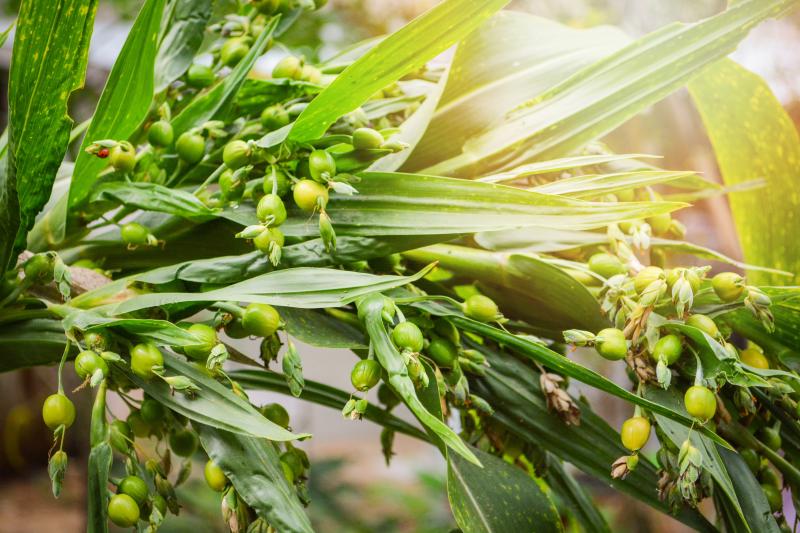When the garden becomes a seedy place
When flowers fade, they leave behind often-unsightly seed heads, and this is where we get the term “seedy” to refer to an unsightly or run-down area. But in most gardens there are some plants you want to go to seed; for instance, vegetables grown specifically for their seeds, such as beans, corn and peas. Even some ornamentals such as Job's Tears (Coix lacryma-jobi) are grown for their seeds. Usually, we save seeds for the more obvious use, to plant next season.
Flowers are often cut off when faded or dead to encourage more blooms. To save seeds, do the opposite; let your best blooms fade on the stem and go to seed. Zinnias, marigolds and cosmos all form seeds readily. After the blooms fade, cut them off and let them dry out where they get plenty of air so they don’t mold. Gently shake the seeds out and store them in paper envelopes. Always clearly mark the seed packages right away.
Save tomato seeds by scooping out the gel and seeds from vine-ripe tomatoes. Put the seeds in water and let them sit for several days. A scum will form at the top of the seed-water mixture. This kills seed-borne diseases, making your tomato seeds better. Dry the tomato seeds on a paper plate before storing them.
Beans and peas can be left on the vines until they rattle in their pods. Gently husk them and save the seeds for next year. Again, be sure to carefully write down the exact names of the seeds.
Winter squash and pumpkin seeds are ripe when the vegetables are, but summer squash such as zucchini and yellow crookneck squash will have to become over-ripe for their seeds to be viable. Cucumbers will also have to stay on the vine until past eating quality before saving their seeds.
Hybrid plants will not grow true from seeds, but often the seeds will grow into acceptable plants, just not identical to the parents.
You can save seeds from almost any flowering plant. By doing this over the years, saving and using seeds from individual plants that grow well in your own garden, you will develop your own strain or variety, one that is ideally suited to your growing conditions and climate. That is why today there are several strains of popular tomato varieties, such as the OTV (off the vine) Brandywine tomato.
In 1954, W. Atlee Burpee & Co. began a competition for seeds of the first white marigold flower, offering $10,000 to the winner. And in 1975, 25 years later, 67-year-old Alice Vonk of Sully, Iowa, won the prize money. Alice simply saved seeds from the lightest-colored flowers in her garden each year, until after 20 years she had a pure-white marigold. She beat out 8,200 other entrants.
So, rather than lament that your garden has gone to seed, save your own seeds for next year. Label everything, and store your seeds in paper envelopes out of heat and dampness, and who knows – you may one day win $10,000. But even if you don't win a prize, your garden seeds will be priceless heirlooms.






















































